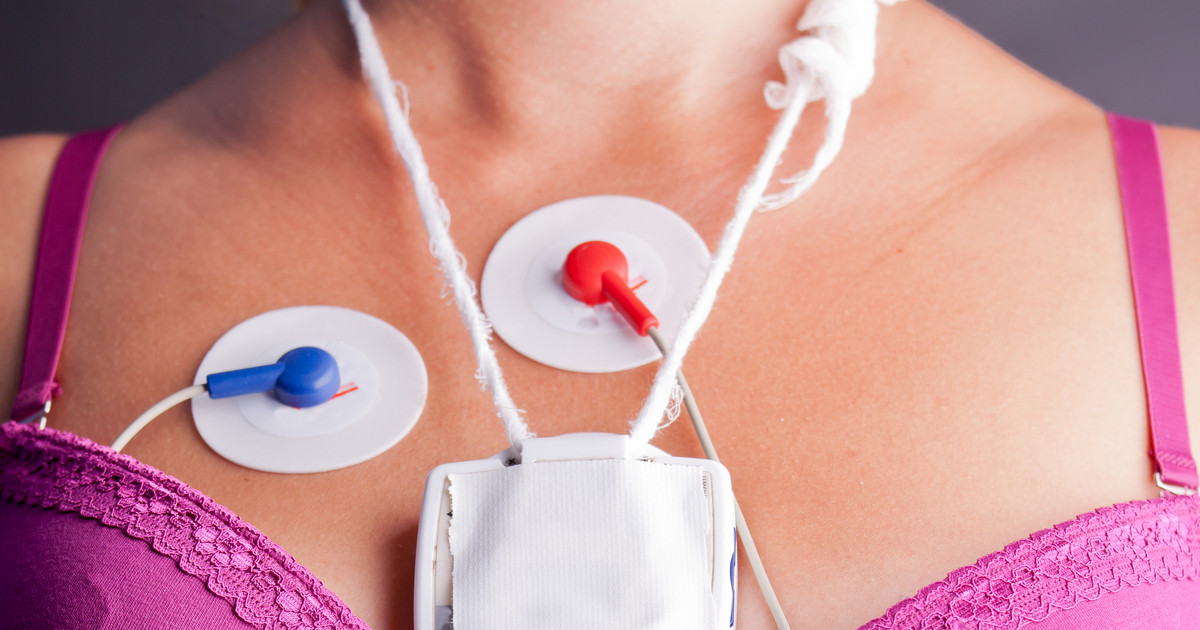Get To Know Cardioversion
How It Works
Ladies, chemical cardioversion is simple. You'll turn up and be hooked up to an IV. The doctor is going to give you the meds you need through this IV, and you should see success after that! Some ladies will get their medication as oral pills. Your doctor will discuss this choice with you!
Electrical cardioversion is a bit different. When you get to the hospital, you'll still be hooked up to an IV. However, this is for your sedative, ladies! A nurse is also going to attach you to a machine with electrodes on your chest. This machine records your heart rhythm. Once that's done, your doctor and the machine can calibrate the electric shock you need to correct your rhythm. The great thing is, the whole procedure only takes a few minutes. And once the sedative wears off, you can go home!

Associated Risks
Ladies, this procedure is a simple one with a low-risk rating. But there are still some risks! You'll be checked for blood clots because of how they react with this procedure. Ladies, it can dislodge your blood clots and let them circulate to other areas in your body. This isn't good, because you'll face complications like a clot in your lungs, stroke, and a heart attack! The complication you deal with depends on where your clot goes. The good news is that doctors don't do this procedure when you have a clot if they can help it! They'll make you take meds for blood clots first.
There's also a risk of new issues with your heart rhythm, ladies. However, there's some good news here. Not only is this risk very low, but doctors also catch this new problem often before you wake up from your procedure when it's the electrical type! Unfortunately, there's still a risk of some skin irritation and burning from the electrodes, but doctors treat this too.